Have you been thinking about visiting Iceland recently? If so, you might be wondering what languages are spoken there so you can begin to prepare how you’ll navigate. Although a majority of the population primarily speaks in their mother tongue, Icelandic, there are quite a few languages spoken by small groups within this country. Let’s explore the top ten most common languages in the country of Iceland and see what percentage of the population can speak them.
1. Icelandic
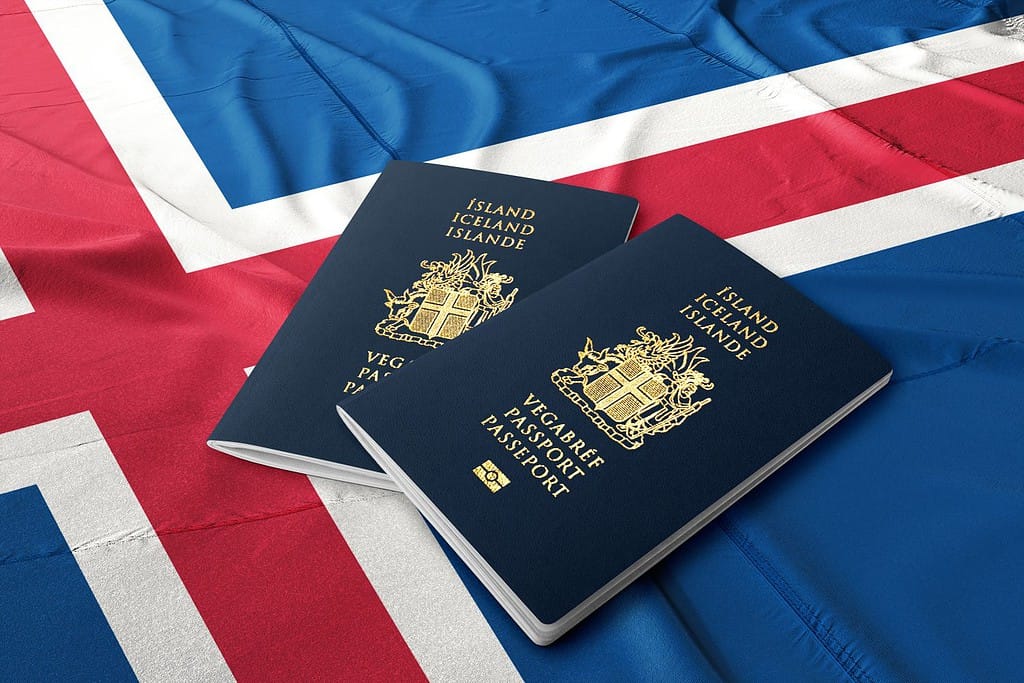
Nearly 400,000 people live in Iceland.
©justit/Shutterstock.com
To absolutely no one’s surprise, Icelandic is the most widely spoken language in the country of Iceland. Nearly every resident of this country is fluent. According to Visit Reykjavik, “Icelandic has been spoken in Iceland since the country was settled in the 9th century and has changed little since then. It is mostly the language that the Nordic people spoke in the Middle Ages throughout the Nordic countries as well as within certain regions of England, Ireland, Scotland, along with the Shetland Islands, the Orkney Islands and the Hebrides, some parts of France and Russia and even as far south as Constantinople. “
2. English

English is one of the most popular and widely spoken languages in Iceland.
©Dasha Petrenko/Shutterstock.com
Only second to Icelandic itself is the English language. English is considered the second language in many European countries such as Sweden, Germany, and Switzerland. Roughly 98% of the population in Iceland is fluent in this language, so tourists coming from English-speaking countries need not worry. It is widely available in a variety of places, such as bus stations, restaurants, and tourist attractions.
3. Polish
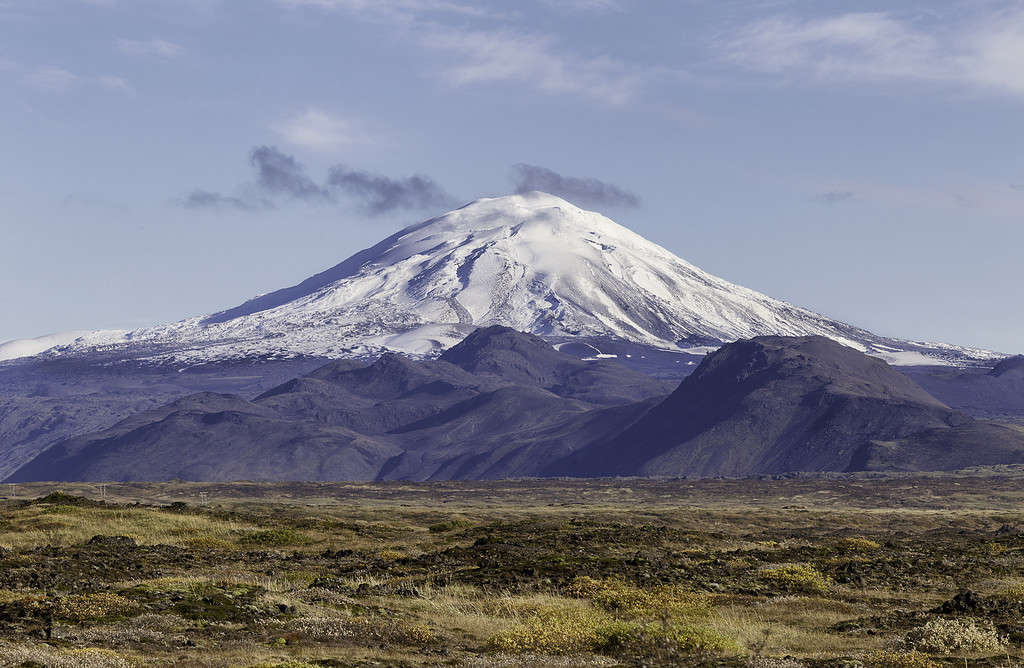
About 2.75% of the individuals living in Iceland are of Polish descent.
©sumos/iStock via Getty Images
Polish is another popular language in Iceland. However, compared to Icelandic and English, individuals who speak Polish encompass much less of the population. In total, roughly ten to twenty thousand people living in Iceland speak this language. This makes Polish individuals the largest immigrant group in the country. This is likely due to the fact that Polish people living in Iceland are not required to have a work visa. According to the University of Iceland, “Citizens of EU/EEA member states do not need permits but non-EU/EEA citizens do.”
4. Lithuanian
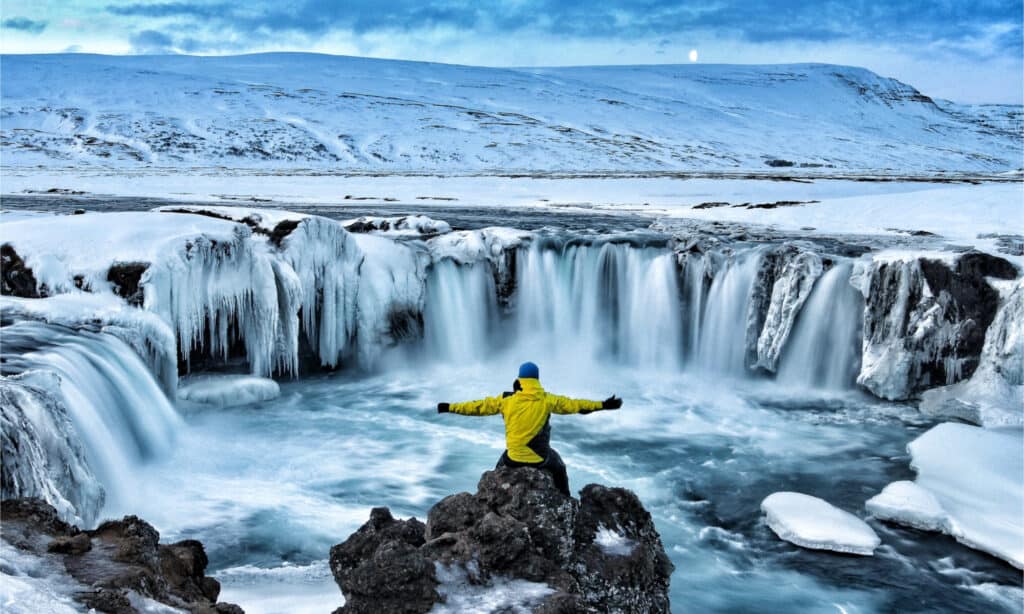
The tourism industry in Iceland peaks during the summer months.
©evenfh/Shutterstock.com
Lithuania is another country that is included in the EU/EEA. Many people who hail from this country find themselves in Iceland for work, and because of this, the number of people who speak Lithuanian in Iceland has been steadily increasing. Currently, about .43% of the people living in Iceland are originally from Lithuania, and about 4,000 individuals speak this language regularly. They are currently the third largest ethnic group within this country, behind native Icelandic people and Polish people.
5. German

Iceland’s main exports are aluminum and a variety of fish prepared in different manners.
©crispypictures/iStock via Getty Images
When it comes to tourists in Iceland, Germans are one of the largest groups. It’s roughly a four-hour flight between these two countries, and rates can be very cheap. In fact, many German people have fallen so in love with this country during their visits that many have decided to become permanent residents. Icelanders have adapted to this influx of German tourists, and now .31% of the population speaks German.
6. Danish
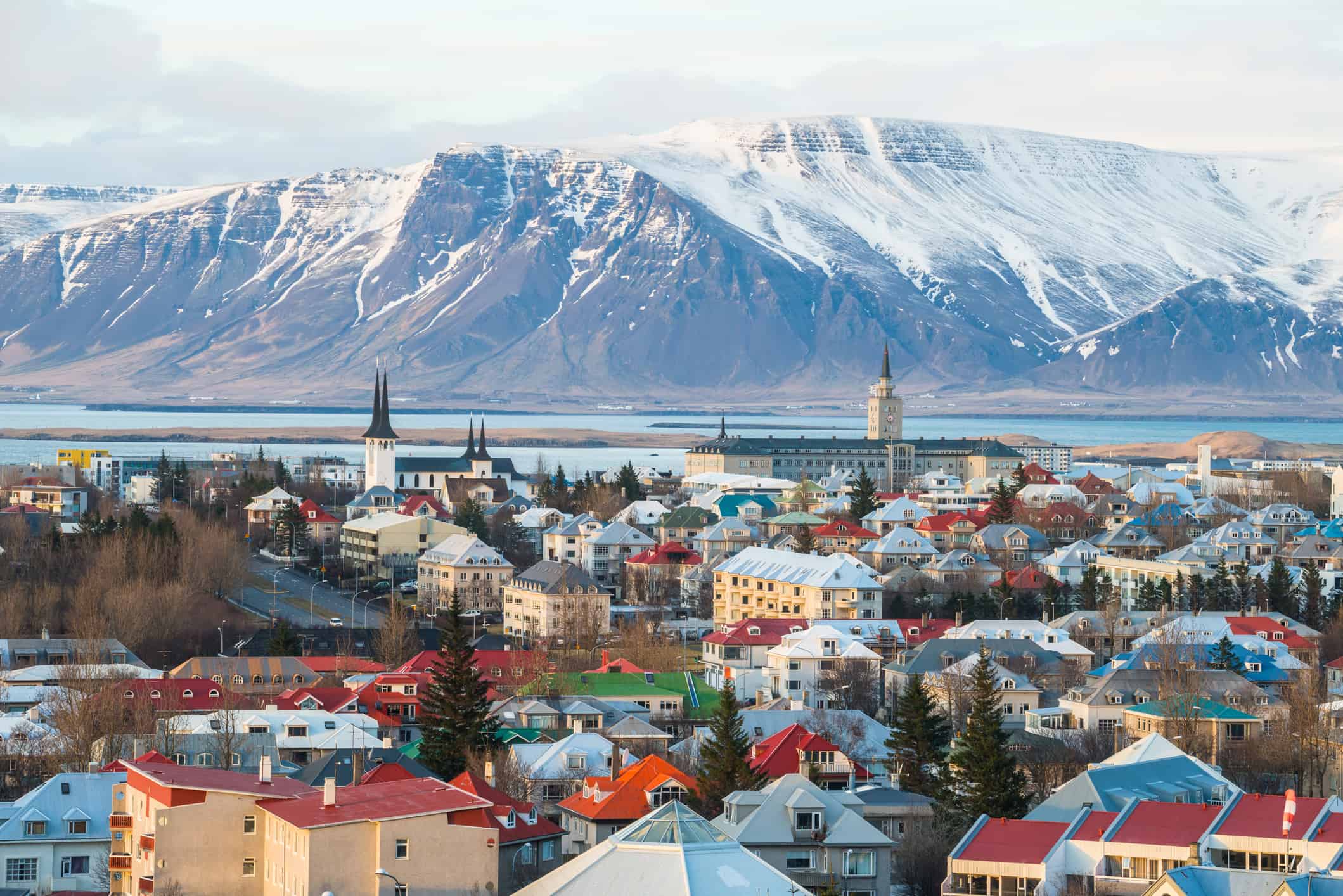
The population in Iceland has been steadily growing for a number of years.
©Boyloso/ via Getty Images
The amount of people who speak Danish in Iceland is very similar to the amount of people who speak German, although slightly less. About 1,100 people living in Iceland use Danish to communicate on a daily basis. In some places, Danish is taught as a second language in Icelandic schools, although this has fallen out of popularity throughout the years.
7. Portuguese
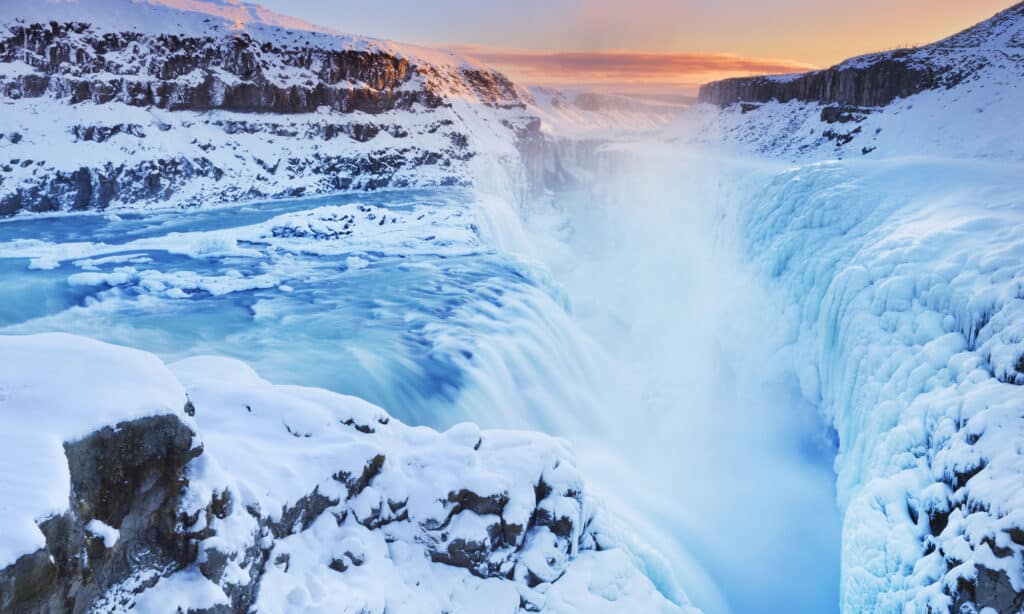
During certain times of the year, the sun does not set in Iceland.
©Sara Winter/Shutterstock.com
In the present day, about 1,500 Portuguese people are living in the country of Iceland. Compared to other groups living within this country, this is relatively small. Despite this, Portuguese is one of the top 10 languages within this country and about .28% of inhabitants are fluent.
8. Filipino
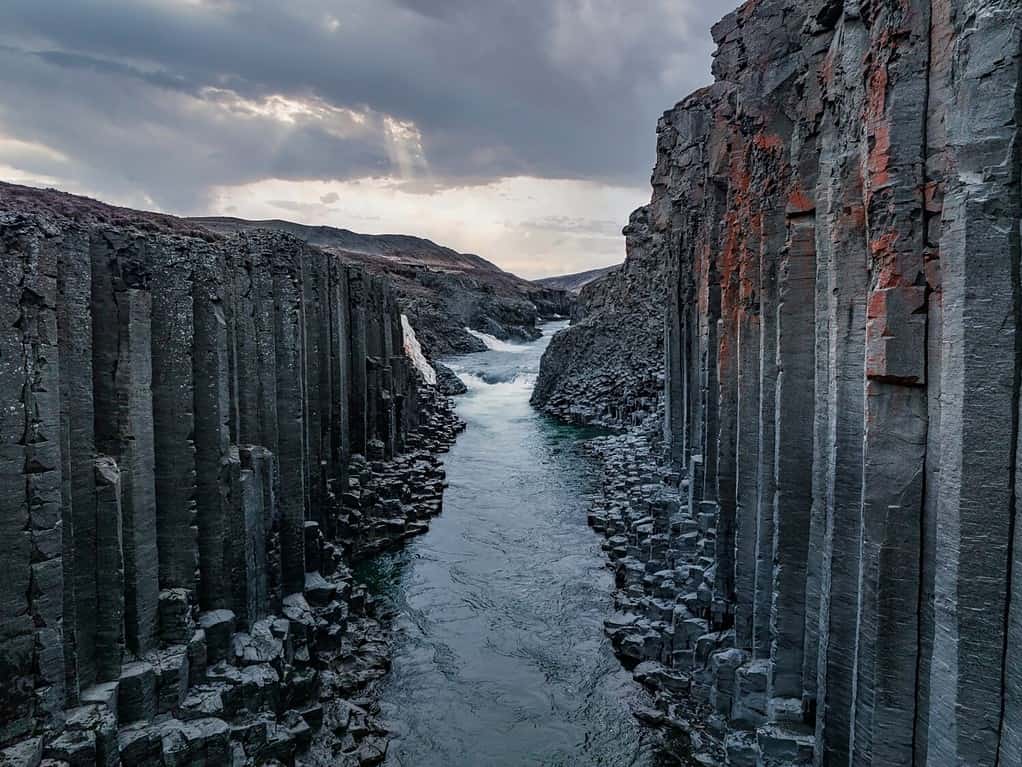
Mountain avens are the national flower of Iceland.
©RAW-films/Shutterstock.com
Filipino people make up the largest group of individuals of Asian descent in Iceland. About 2,000 people speak Filipino each day, and half of these people are naturalized citizens. According to a paper authored by Unnur Dís Skaptadóttir, “Work and family reunification are the main reasons for the migration of Filipinos to Iceland.”
9. Thai
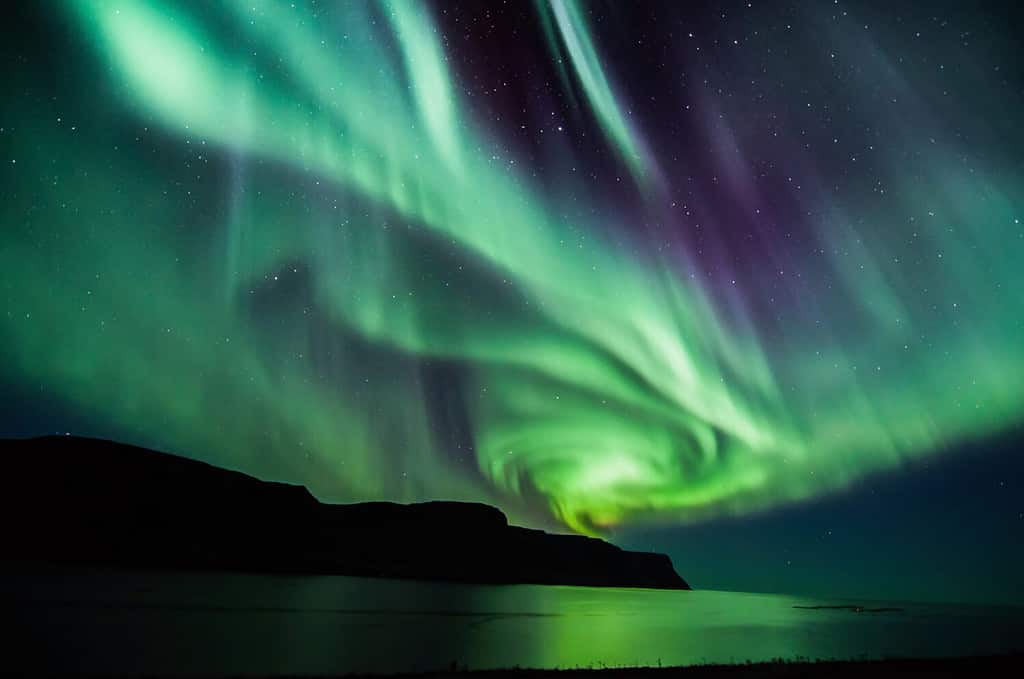
The Northern Lights are visible in Iceland during certain times of the year.
©Mike-Hubert.com/Shutterstock.com
Although Thai is spoken throughout Iceland, it is only spoken by a small fraction of the population. Roughly .17%, of the people living in Iceland use Thai to communicate each day. This is less than 1,000 individuals.
10. Latvian
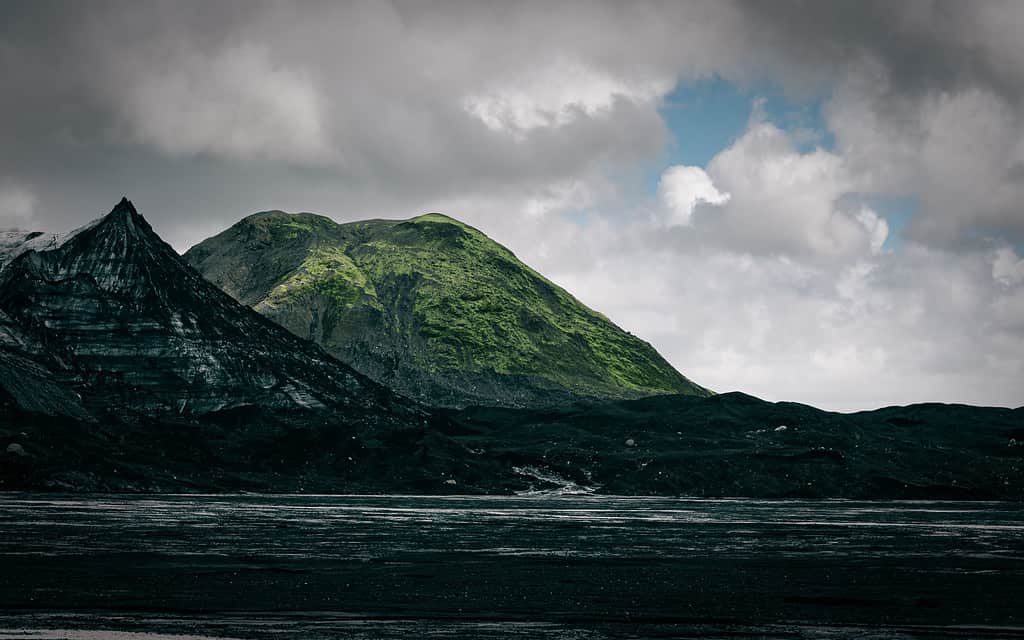
Many people living in Iceland describe themselves as generally happy and satisfied with life.
©Wirestock/iStock via Getty Images
Latvia and Iceland have had a good relationship for decades now. In fact, Iceland was the first country to recognize Latvia’s independence back in the early 1990s. Today, only .14% of the population in Iceland speaks Latvian, which comes out to only a few hundred people.
The photo featured at the top of this post is © justit/Shutterstock.com
Thank you for reading! Have some feedback for us? Contact the AZ Animals editorial team.






